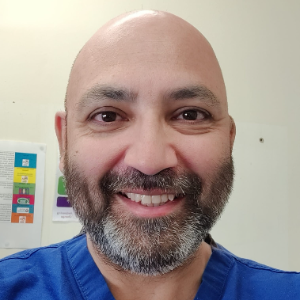Sports Medicine Imaging
Imaging in sports medicine assumes a pivotal role in the evaluation, treatment, and rehabilitation of athletes and individuals participating in physical activities. This specialized realm of medical imaging is dedicated to capturing intricate images of the musculoskeletal system, enabling the identification of injuries, assessment of their severity, and guidance for suitable interventions. Commonly utilized imaging modalities in sports medicine encompass X-rays, magnetic resonance imaging (MRI), computed tomography (CT) scans, and ultrasound.
One of the primary benefits of sports medicine imaging is its ability to provide detailed and non-invasive insights into musculoskeletal injuries. X-rays are often used to assess bone fractures and joint dislocations, providing a quick and initial overview of the injury. MRI is particularly valuable for soft tissue injuries, such as ligament and tendon damage, as it offers high-resolution images of the muscles, tendons, and ligaments without the use of ionizing radiation. CT scans, on the other hand, may be employed for a more detailed examination of bone injuries and joint abnormalities.
Ultrasound is another essential tool in sports medicine imaging, offering real-time imaging of soft tissues and allowing for dynamic assessments of joint function and muscle activity. This modality is particularly valuable for guiding injections, such as corticosteroid or platelet-rich plasma (PRP) injections, to target specific areas of injury. Additionally, ultrasound is portable and cost-effective, making it a practical choice for on-field evaluations.

Stephen S Tower
University of Alaska Anchorage, United States
Marcos Brioschi
American Academy of Thermology, United States
Wagih El Masri
Keele University, United Kingdom
Arif Akkok
Lake Erie College of Osteopathic Medicine, United States
Akash Ganguly
Warrington and Halton Hospitals NHS FT, United Kingdom
Sajid Ali
The Dudley Group NHS Foundation Trust, United Kingdom




Title : The UK profemur recall and implant cobaltism
Stephen S Tower, University of Alaska Anchorage, United States
Title : The tomographic phenotype and the genotype of wormain bones
Ali Al Kaissi, National Ilizarov Medical Research Center for Traumatology and Orthopaedics, Russian Federation
Title : New treatment of muscle contracture and joint contracture through muscle regeneration with mitochondrial dynamics
Ki Ji Lee, Busan Medical University, Korea, Republic of
Title : New treatment of sarcopenia through muscle regeneration with mitochondrial dynamics
Ki Ji Lee, Busan Medical University, Korea, Republic of
Title : The prevalence and association of self-reported depression symptoms with musculoskeletal pain and quality of life among pregnant women
Youssef Masharawi, Tel Aviv University, Israel
Title : Bipolar hemiarthroplasty under local anesthesia (2%)
Ketan Karabhai Parmar, Aayush Multispecialty Hospital, India